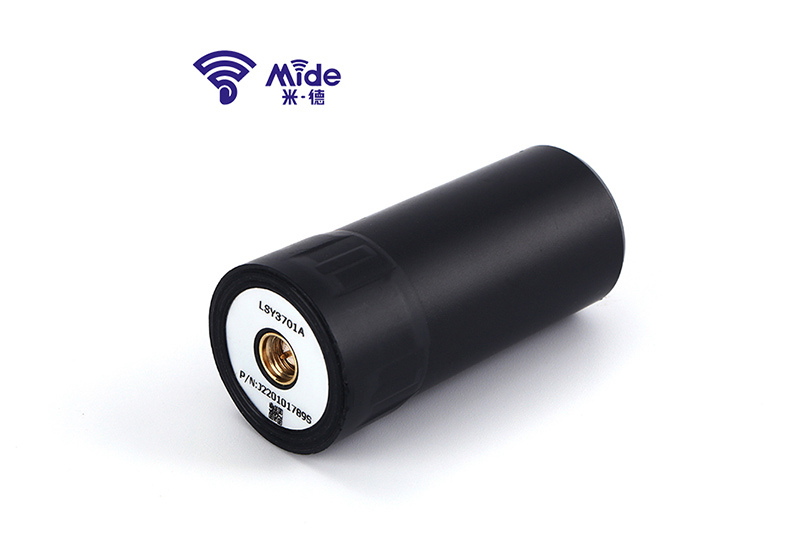7 Jaw-Dropping Facts About Geodetic Antennas: Are They Overlooked?
Introduction: The Unsung Heroes of Precision Measurement
In the realm of geospatial sciences, geodetic antennas serve as silent champions, contributing to millimeter-level precision across various domains, including disaster monitoring and environmental studies. Surprisingly, these crucial instruments often go unnoticed. Let’s shed light on seven astonishing facts about these antennas that highlight their vital role in shaping our understanding of the planet.
Fact 1: The Precision Powerhouse You Never Noticed
These antennas are crafted for exceptional accuracy, often measuring to the millimeter. They accomplish this by receiving signals from various Global Navigation Satellite Systems (GNSS) including GPS and BeiDou, allowing them to eliminate errors from atmospheric factors or satellite discrepancies. This level of precision is essential for applications such as monitoring tectonic shifts and analyzing structural changes in dams.
Fact 2: Built to Survive the Toughest Conditions
Unlike regular GNSS units, geodetic antennas are engineered to survive in extreme environments. Whether in Arctic cold or desert heat, these devices are robust with weather-resistant designs and materials that can withstand UV exposure. Their resilience guarantees uninterrupted operation in remote areas where maintenance may be infrequent.

Fact 3: The Secret to Global Climate Monitoring
Geodetic antennas facilitate critical climate research by helping accurately track sea level changes and the movement of ice sheets. Specifically, networks of these antennas monitor melting polar caps with millimeter accuracy, which is essential for understanding climate variability and assisting in global environmental policy formulation. The absence of these antennas would significantly diminish our capability to observe such changes.
Fact 4: A Key Player in Disaster Prevention
In regions prone to seismic activity, helix antennas detect minor ground movements that can signal earthquakes. By analyzing data from extensive networks of these devices, scientists can pinpoint tensions along fault lines, enabling them to provide earlier warnings. In Japan, for instance, these antenna networks significantly enhance earthquake prediction accuracy, potentially safeguarding lives.
Fact 5: The Backbone of Modern Mapping
Geodetic antennas are foundational in generating accurate maps and facilitating autonomous vehicle navigation. Their ability to deliver precise location data ensures that maps are not only detailed but also dependable, a critical necessity for urban planning and similar applications where accuracy is paramount.
Fact 6: The Hidden Cost-Efficiency
While the initial investment for geodetic antennas may exceed that of conventional GNSS antennas, their long-term benefits are substantial. With a lifespan often over 15 years and minimal maintenance needs, they present a financially sound choice for extended projects. This is especially relevant for national mapping organizations and research bodies seeking sustainable solutions.
Fact 7: The Future of Geodetic Antennas
Emerging advancements in material technology and signal processing are broadening the horizons for GNSS geodetic antennas. Innovations such as phased array systems and AI-enhanced analytics promise to further refine their capabilities, enabling quicker data acquisition, enhanced accuracy, and new applications ranging from outer space investigations to underwater mapping.
Conclusion: Are You Underestimating Geodetic Antennas?
From aiding climate research to preventing disasters, geodetic antennas transcend their basic role as measurement tools; they stimulate scientific advancement and technological evolution. With global issues like climate change at the forefront, their importance is poised to escalate. Will you acknowledge their significance and leverage their potent capabilities?
- Previous: Top 5 GNSS Active Timing Antennas for Critical Infrastructure in 2025
- Next: None
- 0

